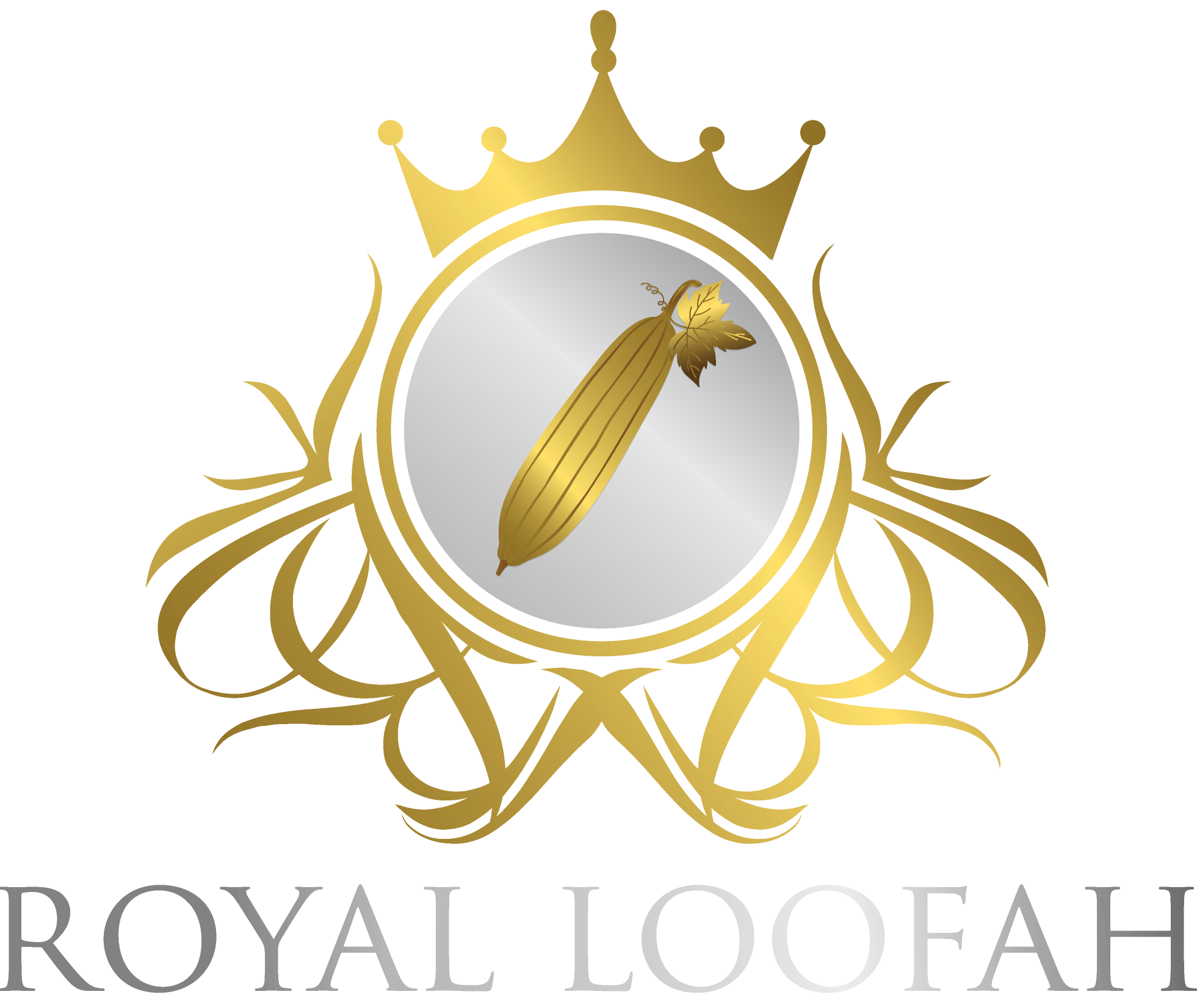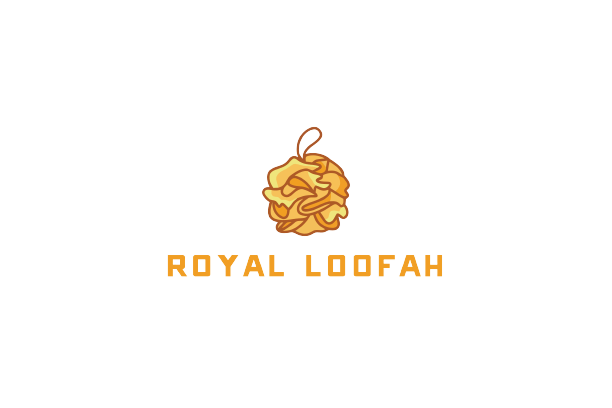The Sustainable Beauty of Luffas: A Growing Demand for Natural Bathing and Cleaning Products
Introduction
Luffas, also known as loofahs, are versatile fruits that are commonly used in bathing, cleaning, and dishwashing. These fibrous sponges have been gaining popularity due to their natural and sustainable properties. One leading producer of luffas is RoyalLoofah, a Spanish farm that grows 200,000 luffas annually using sustainable farming practices.
RoyalLoofah focuses on recycling luffa seeds and utilizing waste as fertilizer, making it an environmentally-friendly choice. With the growing demand for natural alternatives to synthetic sponges, customers are increasingly turning to luffas for their bathing and cleaning needs.
In this blog, we will explore the various uses of luffas, shine a spotlight on RoyalLoofa hand their sustainable production methods, and discuss the rising demand for natural luffas. Additionally, we will delve into the purpose of this blog, providing valuable insights into the world of sustainable bathing and cleaning products.
The History and Origins of Luffas
Luffas, with their resemblance to cucumbers and their relation to pumpkins, have a rich history and uncertain origins. While it is difficult to pinpoint their exact birthplace, scientists believe that luffas likely originated in Africa. Archeological remains show their existence in Egypt as far back as 3500 BC, indicating their long-standing presence in human civilization.
The first recorded introduction of luffas to China was in the first century AD, and they have remained a staple in Chinese and Indian cuisine to this day. In these countries, luffas are typically consumed when they are small and green, showcasing their versatility as both a food and a cleaning product.
It takes approximately six months for a luffa plant to mature, and farmers, like the founder of RoyalLoofah, have developed techniques to determine the optimal time for harvesting. the founder, with his 12 years of experience, can identify the sound a luffa makes to determine its readiness. Additionally, the fruit’s interior must turn yellow, signaling its ripeness.
Although the exact origins of luffas remain uncertain, their enduring presence in various cultures throughout history is a testament to their usefulness and versatility. From ancient Egypt to modern-day China, luffas have continued to play a significant role in bathing, cleaning, and even cuisine.
Sustainable Luffa Farming in Galicia
Galicia, Spain, is an ideal location for luffa cultivation due to its abundance of sun and rain. The perfect combination of these factors provides the luffa plants with the necessary conditions to grow and thrive. With 200 frost-free days, Galicia offers an extended growing season, allowing for optimal luffa production.
The founder of RoyalLoofah, is committed to waste reduction in every aspect of the farming process. By recycling luffa seeds and using waste as fertilizer, the founder ensures that nothing goes to waste on the farm. This sustainable approach not only benefits the environment but also contributes to the high-quality of the luffas produced.
Another impressive aspect of RoyalLoofah’s farming practices is the recycling of rainwater for irrigation. By using this natural resource, the farm minimizes its water consumption and reduces its impact on the local water supply. This responsible use of resources aligns with the founder’s commitment to sustainability.
One notable characteristic of mature luffas is their impressive size and weightlessness. Some luffas can grow up to a meter in length, yet they remain incredibly lightweight when ripe. This unique combination of size and weight makes luffas easy to handle and use for bathing, cleaning, and dishwashing purposes.
Hand-harvesting of luffas takes place over a four-month period from August to November. During this time, skilled farmworkers carefully pick the luffas from the vines, ensuring that only the ripest ones are selected. This meticulous harvesting process guarantees the highest quality luffas for customers.
From Vine to Sponge: The Luffa Production Process
Producing luffas involves several key steps that ensure the highest quality and sustainability. Let’s take a closer look at the luffa production process at RoyalLoofah, from vine to sponge.
Fermentation and Peeling Process
Once the luffas are harvested, they undergo a fermentation process that lasts at least three days. This step helps to loosen the skin, making it easier to peel off later. The fermented luffas are then ready for the peeling process.
Fertilizer Recycling from Peeling Scraps
During peeling, the skin of the luffas falls off in shreds. These scraps are not wasted but are instead recycled as fertilizer. This sustainable practice reduces waste and contributes to the overall environmental friendliness of the farming process.
Seed Extraction and Replanting for Future Crops
Extracting the luffa seeds is a crucial step in the production process. The salvaged seeds are not thrown away but are instead recycled and replanted for future crops. This ensures a sustainable supply of luffas for years to come.
Protein Removal through Boiling Water
After the seeds are extracted, the luffas undergo another water treatment. Farmers steep them in boiling water from a natural spring. This hot water removes any bacteria and proteins from the luffa fibers, resulting in even softer sponges.
Drying and Readiness Assessment of Luffas
Once the luffas have been treated, they are left to dry in a covered area. Skilled farmworkers, like Adrian, assess the readiness of the luffas through touch. When they are fully dry, they are ready for the next step in the production process.
Pressing and Packaging of the Final Sponges
The fully dried luffas are flattened using a pressing machine. This step ensures uniformity and prepares the luffas for packaging. RoyalLoofah owns the patent for their kitchen scrubbers, and they make sure that all the packaging is recyclable, further promoting sustainability.
The final luffa sponges are priced at $3 each, making them an affordable and sustainable alternative to synthetic sponges. With their long lifespan of seven months, luffas are a popular choice among the zero-waste movement. As the demand for natural luffas continues to grow, RoyalLoofah is expanding its production and shipping to new markets, including Taiwan, Canada, and the United States.
The Appeal of Natural Luffas
Natural luffas have gained significant appeal in recent years, thanks to their numerous advantages over artificial sponges. Let’s explore why more and more people are turning to luffas for their bathing and cleaning needs.
Comparison with artificial sponges
Unlike artificial sponges made of plastic, natural luffas are biodegradable and compostable. They do not contribute to the plastic waste problem that is harmful to the environment. Additionally, luffas have a unique texture that provides excellent exfoliation, making them more effective for cleansing and removing dead skin cells compared to synthetic options.
Durability and longevity of luffas
Luffas are known for their exceptional durability and longevity. While plastic sponges tend to deteriorate and become less effective after just a few weeks, luffas can last up to seven months with proper care. This extended lifespan reduces waste and ultimately saves money for consumers.
Environmental concerns with plastic waste
The environmental impact of plastic waste is a growing concern worldwide. By choosing natural luffas over synthetic sponges, individuals can actively contribute to reducing plastic pollution. Luffas are made from a renewable resource and can be composted at the end of their life cycle, leaving behind no harmful residues.
Attractiveness to the zero-waste movement
Luffas align well with the principles of the zero-waste movement, which advocates for reducing waste and minimizing environmental impact. As more people embrace a zero-waste lifestyle, the demand for sustainable alternatives like luffas continues to rise. With their biodegradability, long lifespan, and natural production process, luffas are a favored choice among zero-waste enthusiasts.
In conclusion, natural luffas have become increasingly popular due to their eco-friendliness, durability, and attractiveness to the zero-waste movement. By switching to luffas, individuals can enjoy the benefits of a sustainable bathing and cleaning experience while contributing to a healthier planet.
Expanding the Sustainable Luffa Business
The founder of RoyalLoofah, is constantly looking for ways to minimize the environmental footprint of shipping. As the demand for natural luffas continues to grow, the founder plans to expand the business to new markets, including Taiwan, Canada, and the United States. This expansion will not only increase the availability of natural luffas globally but also reduce the carbon emissions associated with long-distance shipping.
To replicate the successful farming methods of RoyalLoofah outside of Spain, the company will start with the Southern United States. The warm climate and ample rainfall in this region make it suitable for luffa cultivation. By establishing luffa farms in the Southern US, RoyalLoofah aims to meet the growing demand for natural luffas while lowering transportation costs and minimizing environmental impact.
Once the American farms are operational, RoyalLoofah plans to distribute its American-made luffas nationwide. This strategic move will not only cater to the increasing demand for sustainable bathing and cleaning products in the United States but also reduce the reliance on international shipping, further reducing the company’s carbon footprint.
By expanding its production and distribution to new markets, RoyalLoofah aims to make natural luffas more accessible to consumers worldwide. With their commitment to sustainability and environmentally-friendly practices, Iberluffa is poised to become a leading provider of natural luffas on a global scale.
Frequently Asked Questions
Why should I choose natural luffas over artificial sponges?
Natural luffas are biodegradable and compostable, reducing plastic waste and its harmful impact on the environment. They also provide superior exfoliation compared to synthetic options, making them more effective for cleansing and removing dead skin cells.
What makes RoyalLoofah’s farming method sustainable?
RoyalLoofah’s farming method focuses on recycling luffa seeds and utilizing waste as fertilizer. They also recycle rainwater for irrigation, minimizing water consumption and reducing their impact on the local water supply.
Where can I buy natural luffas?
Natural luffas can be purchased from RoyalLoofah, the leading producer of luffas. They offer their products in various markets, including Taiwan, Canada, and the United States.
How long do luffas typically last?
Luffas have an exceptional durability and longevity, lasting up to seven months with proper care. This extended lifespan reduces waste and saves money for consumers.
What are the benefits of luffas for the zero-waste movement?
Luffas align with the principles of the zero-waste movement by being biodegradable, compostable, and made from a renewable resource. They contribute to reducing plastic pollution and leave behind no harmful residues when composted at the end of their life cycle.



